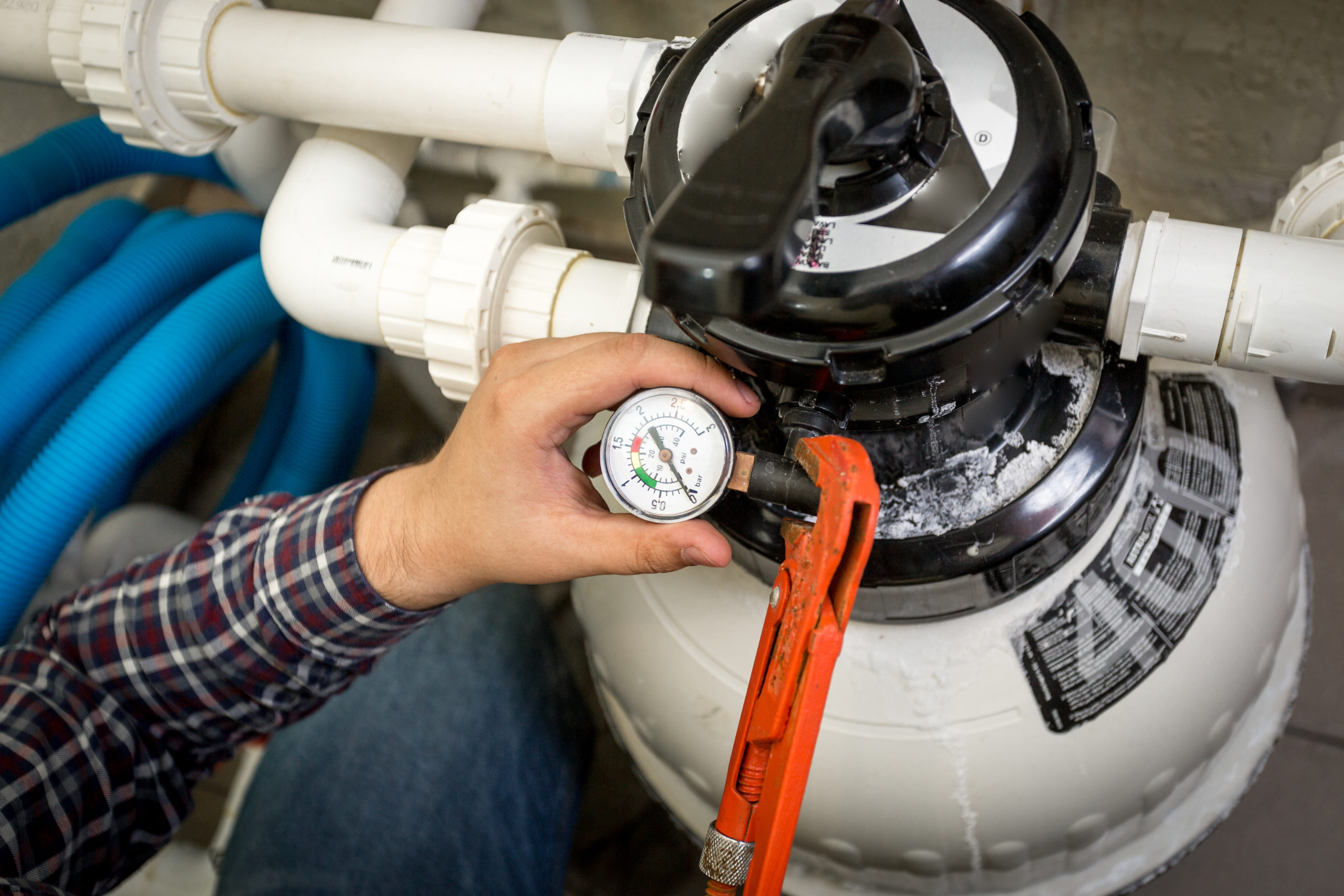You may be accustomed to the traditional heating and cooling systems in your home, but there are actually alternatives to the usual heater and air conditioner. A heat pump affords homeowners an energy-efficient option that provides cool air in the summer, just like standard air conditioners, but also provides heat in the winter. However, you may have doubts that your pump is actually doing the job. Here are some things to know about heat pump technology to make sure you’re getting the most out of your system.
How does my heat pump work?

To truly know how to keep a heat pump working, you have to understand how this type of system transfers heat. Technically speaking, a heat pump is a reversible mechanical-compression cycle refrigeration system. This may sound complicated, but the truth is that its functionality isn’t as confusing as you may think. A heat pump moves heat from one place to another to help you maintain the desired temperature in your home. In the summer months, a heat pump works just like a standard air conditioner does when the outside is sweltering.
In cooling mode, a heat pump acts as an AC, absorbing heat from inside the home and transferring it outside. The unit then returns the cooled refrigerant to deliver fresh air and comfort through the warm weather. In heating mode, a heat pump absorbs heat from the outdoor air and brings it in. This is different from a traditional furnace that generates its own heat. Pumps aren’t heating sources. They are transporters.
Essential Components

Inside a heat pump are refrigerator coils filled with refrigerant, which transfers heat from one location to another. Two fans move air over the coils so the refrigerant can absorb or disperse heat. Pumps also feature a compressor, pushing refrigerant throughout the system. The reversing valve within the heat pump allows it to alternate between the modes, turning on the heat in the winter and the air conditioner in the summer.
Heat pumps move heat, but they can easily run into issues if there’s no proper maintenance. Dirty coils and air filters are a common cause of heat pump failure. If you notice a burning odor or unusual noises, consider that a sign of an issue with the pump and the ability for heat exchange to take place. If your heat pump is constantly running, you could be dealing with problems with your thermostat. Having incorrect settings can force a pump to trigger on and off far more frequently, sending your energy bill soaring and causing a heat pump or its equipment to break down sooner than usual.
Types of Heat Pumps

Heat pumps are made available with and without ductwork, just like common HVAC systems. If both fans are contained within a single unit, the air is dispersed through a traditional duct system. However, ductless options feature an outdoor unit and one or more indoor units, each with its own fans. This eliminates complicated ducting, which becomes a more costly home project and requires constant cleanout of dust and debris.
Reversible heat pumps are capable of providing both heating and cooling, but there is a matter of seasonal upkeep and cleaning during the fall and spring to prepare for the winter and summer. Consider the size of the heating system in comparison to the number of rooms in your home that require heating and cooling. If you hear clanking noises or are dealing with a lack of airflow, your heat pump could have a loose part or something that is broken, like a faulty blower. Electrical issues can also arise, impacting your monthly energy expenses. Don’t hesitate to contact a technician if you have concerns over your heat pump at any time.

